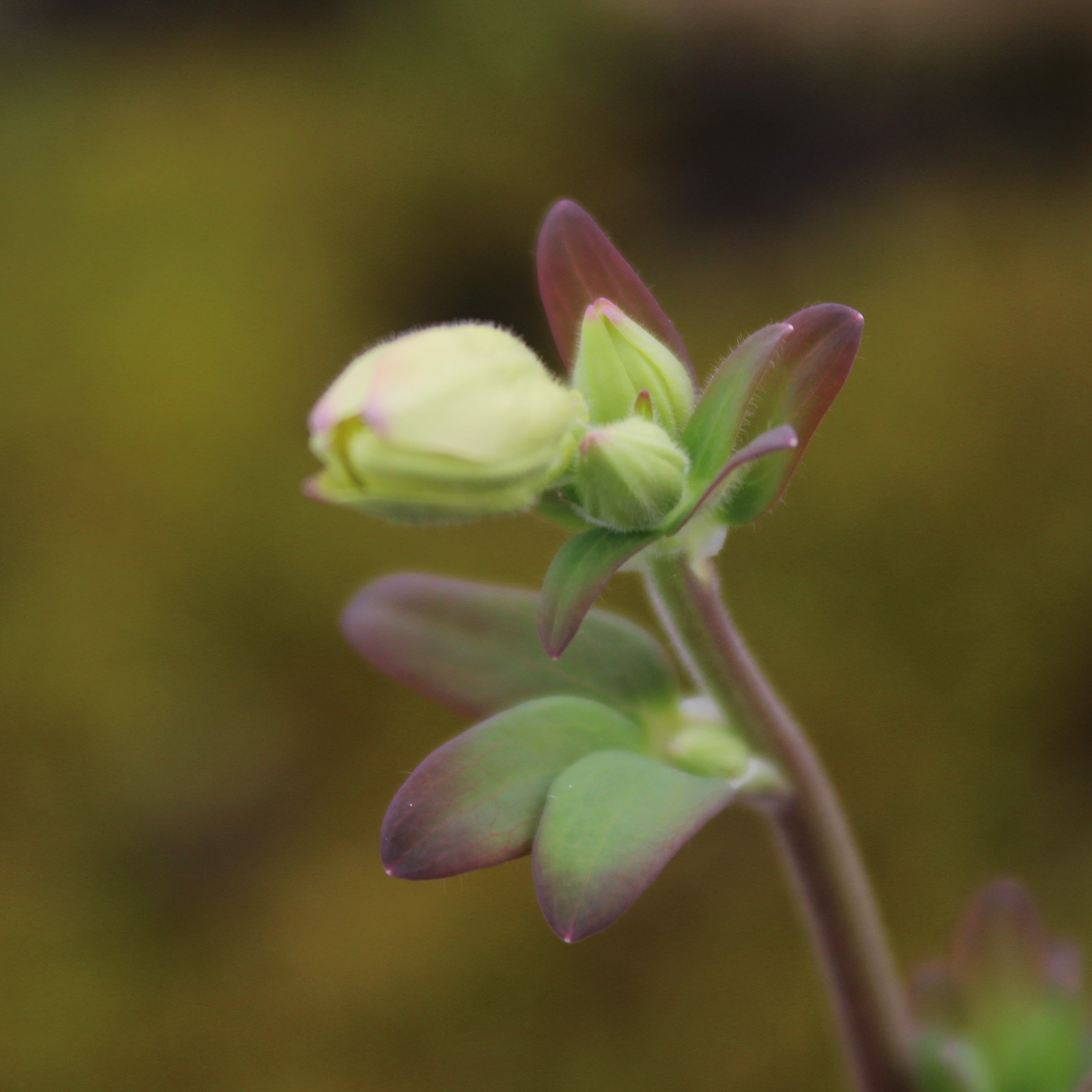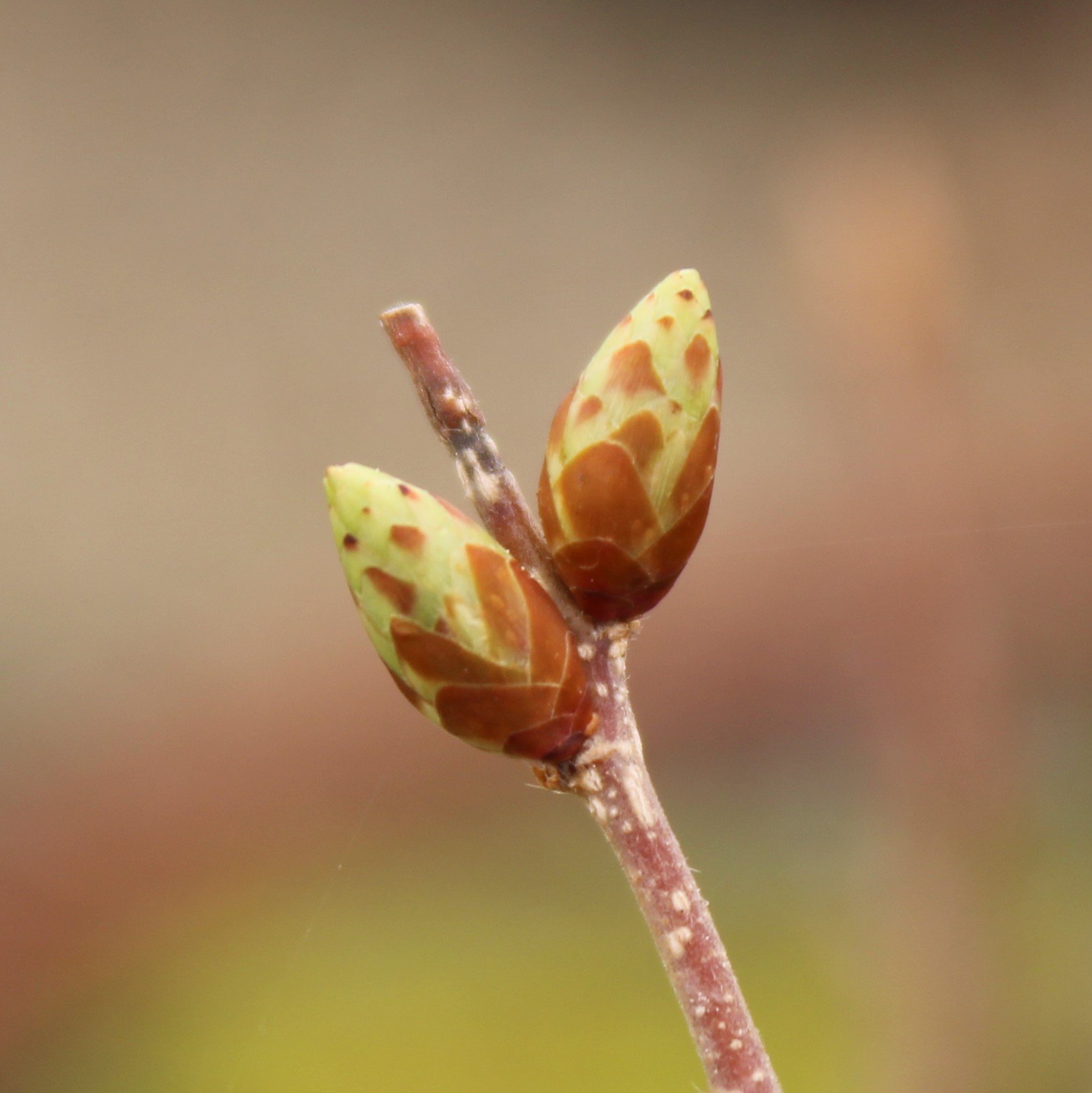Fear of Spring
I can feel it coming from a long way off. Maybe it's one of those clear and mild days in January, temperature in the sixties, sun shining in a soft blue sky, gentle breeze hardly noticeable except for how good it feels passing over skin, and I'm out in the poly-covered hoop house and it's even warmer in there. I'm looking at the plants, the bonsai on their benches peaceful in their dormant repose, and in the midst of this moment of easy and unhurried calm a fleeting sensation overtakes me and provokes the memory of spring. My mind conjures up an image of all the tiny buds on all the little branches slowly swelling, then breaking, bursting open, pushing forth new growth all at once. Then that new growth begins extending, fresh green leaves unfurling, shoots stretching out everywhere in a riot of unleashed life, and suddenly it's all speeding up like time lapse photography gone berserk and then it's a jungle in there, in the hoop house, creeping with insects, interwoven with fungus, all of it boiling over unconstrained, a green wave that keeps rushing blindly outward until it drowns everything. A shudder passes over me and I make a sudden move, maybe a quick turn of the head and a step or two to break the spell, to bring myself back to the present moment and the plants sitting there innocently sleeping still and quiet, and it's winter again. It's a pleasant day in winter, in January.
That's the first sign of spring for me - the fear of it from a long way off. I know it's out there, inexorably following the circular path that will bring it back around. You might think with that much certainty in the fact and months to go before it happens you could be ready and you could take it in stride this time and keep up with it. That would be a delusion, though. There is no keeping up with it. Stand there in the swirling surf and brace yourself, see it as it comes, hear it, sense its imminence, but when the big wave hits you will be bowled over and tumbled without mercy.
As time passes and the calendar pages turn, this feeling repeatedly rises. A feeling of foreboding born of memory, but each time it rears its head the feeling gets stronger, and it rears its head ever more frequently. There might be a few random warm days in January but then there are typically more in February, maybe even a prolonged warming spell where it isn't even so cold at night, and a few of the earliest species, quince, cherry and maple, begin to show signs of waking. If a plant breaks dormancy in February it's almost inevitable that the tender new growth it produces will be damaged when the cold returns a short while later. Breaking dormancy, pushing new growth, is one of those actions that cannot be recalled. Plants cannot withdraw their emerging leaves and stems and tuck them back into their buds again to wait until it's safe to come out. The impulse to grow is triggered by unpredictable circumstance and once it commences the ball is up in the air. February is much too soon for it to happen, and around here it rarely ever does, but in February there are ever increasing signs of what's in the offing.
It's said that March comes in like a lion and leaves like a lamb, but in that same month spring starts with a whisper and quietly begins building in volume. The more warm days get strung together the greater the likelihood of dormant plants being signaled that it's time to grow again. This is particularly true of plants in pots, whether they are bonsai or not. A potted plant is growing in an unnatural context. The roots are out of the earth and in a potting medium, in a container, more immediately subject to the temperature of the air outside the container walls. Air temperature is often volatile in March, sometimes shifting thirty or forty degrees one way or another within a twenty four hour period. In the ground, where roots usually are, the temperature is more stable, slower to cool and slower to warm. So the roots of a temperate plant growing in a pot feel the warming of spring sooner than others of their kind growing in the ground and the result is often an earlier breaking of dormancy, and then the new growth that results is out there and exposed and it's March and winter can still return anytime in the next couple of months. This causes a good deal of anxiety among those of us who cultivate bonsai.
Having your little tree go through the herculean effort of producing its first crop of new leaves only to have them all destroyed by the cold is not only discouraging for the grower, it puts the health of the plant at risk. The plant has to rally then, digging deeply into its energy reserves in order to stimulate latent buds and try again. How the weather goes in March will be a prime factor in determining what kind of start we have to the new growing season. I am hoping for the cold to linger awhile longer, but once the plants start growing I will be hoping that the cold is really behind us. Once we are over that hurdle and the bonsai are actively growing and past the threat of a return to winter, the chaos can really begin.








